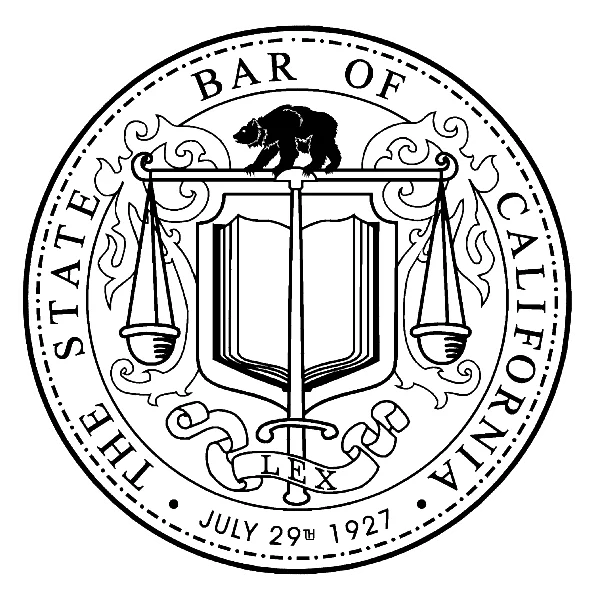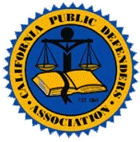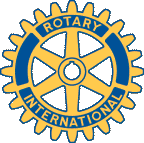When someone dies due to another person’s negligence or wrongdoing, the surviving family members may have grounds to file a wrongful death lawsuit. But to succeed in such a claim, the plaintiff must prove certain legal elements, known as the cause of action. In California, understanding the elements required for a wrongful death claim is crucial to pursuing compensation for your loss. For more information about the legal process, visit our Wrongful Death Redding CA page for an overview of wrongful death cases.
What Is a Wrongful Death Cause of Action?
A cause of action in legal terms refers to the facts or circumstances that give someone the right to file a lawsuit. In the case of wrongful death, the cause of action is based on the claim that the defendant’s negligence, recklessness, or intentional actions caused the death of another person. To prove this cause of action, the plaintiff must meet specific legal requirements, often referred to as the elements of a wrongful death claim.
In California, wrongful death cases require the plaintiff to establish four main elements: duty of care, breach of duty, causation, and damages. Failing to prove even one of these elements can result in the dismissal of the case or a judgment in favor of the defendant.
The Four Elements of a Wrongful Death Cause of Action
To succeed in a wrongful death lawsuit, the plaintiff must prove the following four elements:
1. Duty of Care
The first element in a wrongful death claim is proving that the defendant owed a duty of care to the deceased. A duty of care is a legal obligation that requires individuals or entities to act in a way that avoids causing harm to others. For example, drivers have a duty to follow traffic laws and drive safely, while doctors have a duty to provide competent medical care to their patients.
In wrongful death cases, the plaintiff must show that the defendant had a legal duty to act responsibly toward the deceased. If no duty of care existed, the defendant cannot be held liable for the death.
2. Breach of Duty
Once the duty of care is established, the plaintiff must prove that the defendant breached that duty. A breach of duty occurs when the defendant fails to meet the legal standard of care required in a given situation. For instance, if a driver was speeding or texting and driving at the time of a fatal accident, this behavior would be considered a breach of their duty to drive safely.
Similarly, in medical malpractice cases, a doctor’s failure to diagnose a condition or provide the appropriate treatment could constitute a breach of their duty of care to the patient.
3. Causation
The third element of a wrongful death claim is causation—proving that the defendant’s breach of duty directly caused the death of the individual. This is often the most challenging element to prove because it requires showing a direct link between the defendant’s actions and the fatal outcome.
For example, if a patient dies due to a doctor’s failure to diagnose a life-threatening condition, the plaintiff must prove that the death was a direct result of the doctor’s negligence. This may involve expert testimony and medical records to establish the link between the breach of duty and the death.
4. Damages
Finally, the plaintiff must prove that the death resulted in damages—both economic and non-economic losses. These damages may include:
- Medical expenses incurred before death
- Funeral and burial costs
- Loss of income and financial support the deceased would have provided
- Loss of companionship and emotional support
- Emotional pain and suffering experienced by the surviving family members
The plaintiff must present evidence, such as financial records, medical bills, and testimony, to demonstrate the extent of the losses suffered as a result of the death.
To learn more about proving these elements, visit our dedicated guide on How Do I Prove Wrongful Death in California? for further explanation of the legal process.
Types of Evidence Used to Prove Wrongful Death Claims
Proving the elements of a wrongful death cause of action requires strong evidence. The following types of evidence are commonly used in wrongful death cases:
1. Medical Records
Medical records are essential in wrongful death cases, especially when the claim involves medical malpractice. These records provide a detailed account of the medical care the deceased received and can help prove that the healthcare provider’s negligence led to the death.
2. Witness Testimony
Witnesses can provide crucial testimony in wrongful death cases. For example, in a fatal car accident case, witnesses may testify about the defendant’s reckless driving or failure to follow traffic laws. In a workplace accident, co-workers or supervisors may provide insight into unsafe working conditions that contributed to the fatality.
3. Expert Testimony
In more complex cases, expert testimony is often necessary to establish causation. Medical experts, accident reconstruction specialists, and other professionals can provide their opinions on how the defendant’s actions caused the death and whether the standard of care was breached.
4. Financial Documents
To prove damages, the plaintiff must present financial documents that show the economic impact of the death on the surviving family members. These documents may include tax returns, pay stubs, and evidence of household expenses.
Why Legal Representation Matters in Wrongful Death Cases
Wrongful death cases are legally complex and require a thorough understanding of California law. Working with an experienced wrongful death attorney is essential to ensuring that you meet the legal burden of proof and present a strong case.
At Cibula Law, we specialize in wrongful death claims and are committed to helping families in Redding, CA, seek justice after the loss of a loved one. Our team will guide you through every step of the legal process, from gathering evidence to negotiating with insurance companies or representing you in court.
For more information about wrongful death cases and the elements required to prove them, visit our Wrongful Death Redding CA page to learn more about your legal options.
What Happens if You Fail to Prove One of the Elements?
If the plaintiff is unable to prove even one of the elements of a wrongful death cause of action, the case may be dismissed, or the court may find in favor of the defendant. This is why gathering strong evidence and working with a skilled attorney is crucial to the success of a wrongful death claim.
If a wrongful death case is dismissed, the surviving family members may not recover any compensation for their loss. However, it’s important to note that failing to win a civil wrongful death case does not mean the defendant escapes all consequences. If criminal wrongdoing is involved, the defendant may still face criminal charges, which are handled separately from the civil case.
Conclusion: Meeting the Elements of a Wrongful Death Case
Successfully proving a wrongful death claim requires meeting the legal elements of duty of care, breach of duty, causation, and damages. If you believe you have a wrongful death case, it’s essential to work with a knowledgeable attorney who can help you navigate the legal process and gather the necessary evidence.
At Cibula Law, we are dedicated to helping families seek justice after losing a loved one. Contact us today to discuss your case and explore your legal options. Schedule a consultation now to get started.








